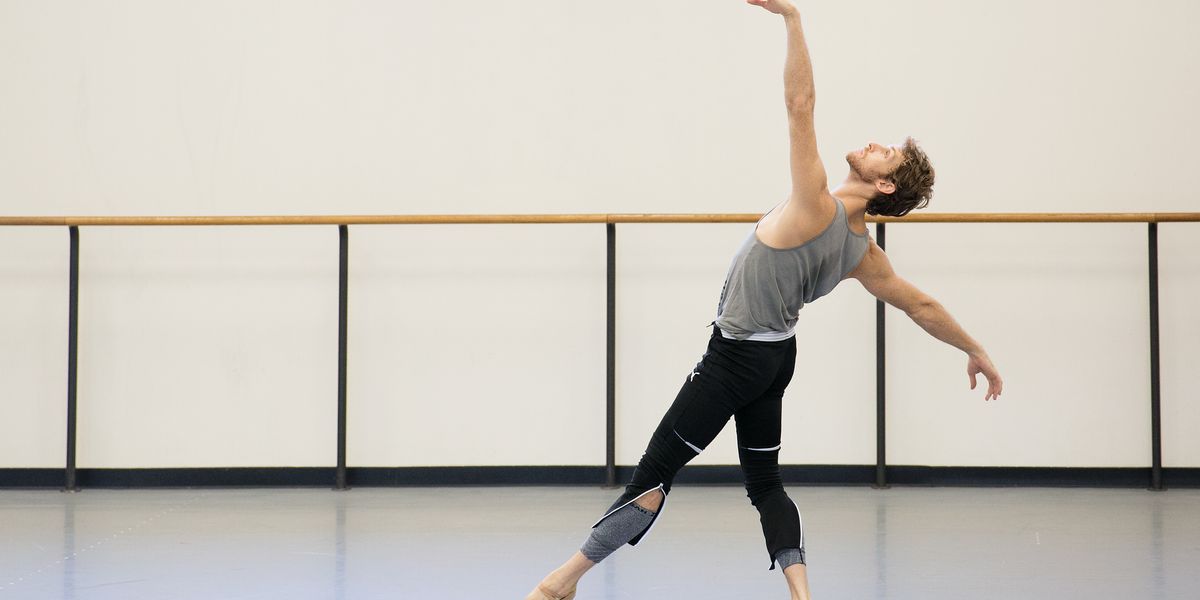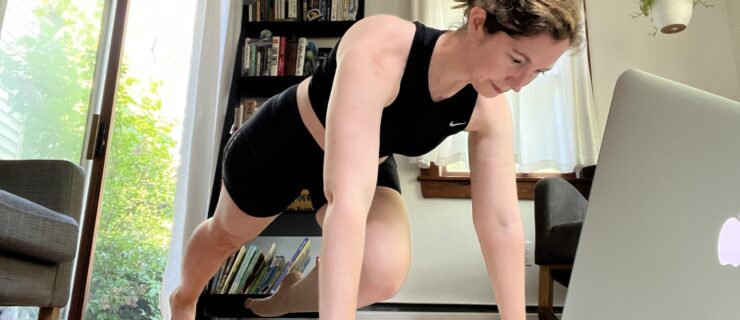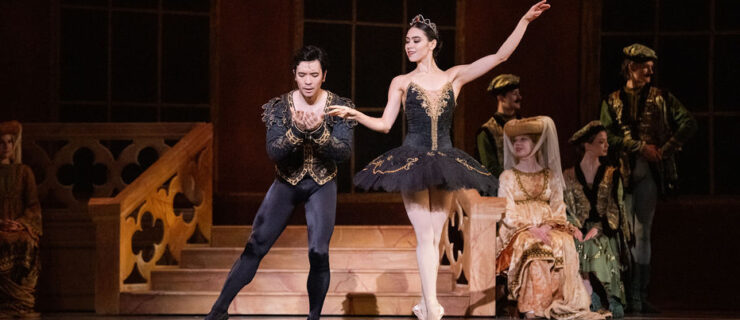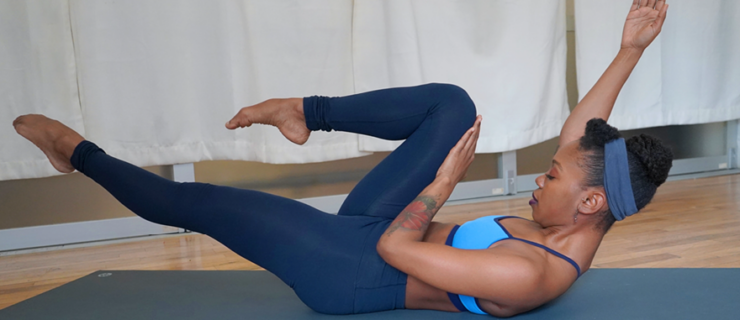Pilates, PT and Pool Time: Adrian Danchig-Waring's Workout
Cross-training to heal:
Since 2010, principal dancer Adrian Danchig-Waring has dealt with flare-ups of painful stress fractures in his shins. When we spoke, he was working on healing those “dreaded black lines,” substituting physical therapy, cardio and strength work for his usual dance-heavy schedule with New York City Ballet.
Pool time:
Unable to participate in company class or bear much weight, Danchig-Waring has taken up swimming for 30 to 60 minutes daily. “It’s become sort of my new passion,” he says. He likes the sport for its no-impact, high-cardio nature and often follows lap workouts from a training website called goswim.tv. He cycles through various strokes, like freestyle, crawl and backstroke, to condition different muscles in his arms and shoulders.
Strength in numbers:
Danchig-Waring takes a group fitness class, typically Pilates, after each swim. At first, he was surprised by how much he enjoyed the atmosphere. “But then I realized my whole life as a ballet dancer has been group fitness. There’s this healthy sense of competition and collective energy that motivates, and it helps to push yourself further.”
Off-his-feet footwork:
Pilates mat work is especially perfect for him since most of the class is done lying down or on all fours. This allows Danchig-Waring to articulate his feet through demi- and full pointe in non–weight-bearing exercises, like the single-leg stretch and criss-cross. “Foot strength is such an essential part of this rehabilitation,” he says.
Retraining the body and mind:
Danchig-Waring works with a physical therapist twice a week on what he calls “neurologic reconditioning.” He’s coached through basic exercises, like sitting on the edge of a bench and slowly rising to relevé in parallel while holding a tennis ball between his ankles. Though the movements aren’t complex, it’s a mental challenge. “I focus on firing specific muscle groups that are otherwise resistant to working.” The aim is to relieve some of the burden from his shins and toes and instead rely more on his glutes and abductors for stability.
Discovery zone:
Inspired by his injuries, Danchig-Waring is on a mission to better understand ballet’s mechanics—in the past, he even took a kinesiology lab at New York University. Despite being a principal dancer, he says, “I feel like a total novice when it comes to how the body is designed to move.” Ballet is about so much more than forcing the body into beautiful shapes, he says, so now he’s learning to dance in a way that’s healthier and more sustainable.





